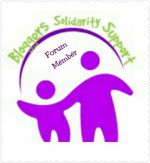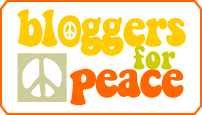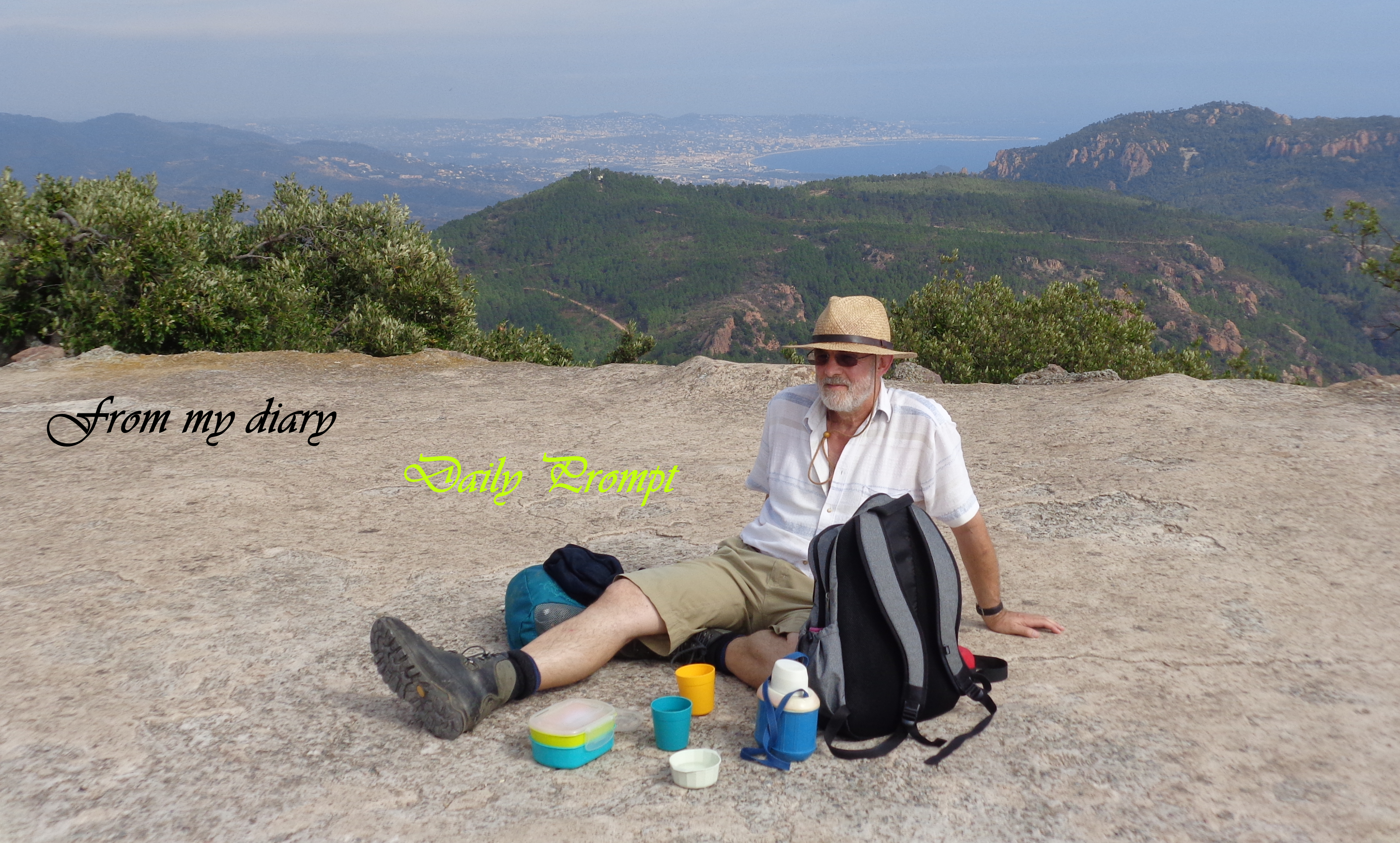Making Positive Positive: A Song of Hope for PLWHAs
When is positive negative
Or right wrong?
It is when living positiveI am living positive:
Now, more responsibly
I take responsibility for all my actions;
My life in my hands
I choose life over death
Wellness over sicknessI am a living ‘positive’
Now, more rightly, living and doing
Surrounded by all that is positive
I make the best of now
Enjoy this moment, one at a timeI am overcoming positive
With gratitude for everyday mercies
Finding and enjoying beauty and bounties, abound about:
the smile of a child; the chirps of the birds
the swinging music of the street trees;I am positive; HIV positive
I am a living witness; a survivor of the scourge
I am living, I am positive
Positively positiveI am a HIV survivor
Beyond the put down of virus
Above societal stigma
I am living, I live
Making positive, positivePeople living with hiv aids
ifedayo oshin
Ifedayo Oshin from Ondo, Nigeria, believes in life and living it well and writes on all issues that affect humanity.

World map of travel and residence restrictions against people living with HIV/AIDS. blue: no specific entry and regulation targetting people with HIV/AIDS. orange: information is contradictory, restrictions are possible. red: entry and residency restrictions confirmed. gray: no information on the situation in the country. (Photo credit: Wikipedia)
+++
Related articles
- Is HIV/AIDS disability? (times.co.zm)
If we take condition as a point of identification we can safely say may be they are also disabled because people living with HIV/ AIDS are at high risk of becoming disabled permanently or episodic basis as a result of being HIV/AIDS positive.
However, our society negative attitude against people living with HIV/AIDS may be change of this declaration is made because relatives spent a lot of money in trying to find a cure for the loved one but if the World Health Organization (WHO) publicly declare that the condition for people living with HIV/AIDS is permanent like any other conditions attitudes will change and stigma reduced.
People living with HIV/AIDS end up using crutches or wheel chairs as the disease prolong the fact that many of us we have seen within our families or communities so calling them disabled would not change anything but open the closed door and remove force hopes created by society that one day the condition will change for better
This “cross cutting of disability” principle implies the responsibility to integrate disability issues in the main stream of health policies and practice of all Government ministries rather than handling disability as a matter of social welfare sector or charity but as a developmental agenda with focus on promoting inclusive approach. - Correlates of Social Exclusion and Negative Labeling and Devaluation of People Living with HIV/AIDS in Rural Settings: Evidence from a General Household Survey in Zambézia Province, Mozambique (plosone.org)
A 4-point increase in knowledge about HIV transmission was associated with more than a 3 unit decrease in NLD and SoE stigma scores (p<0.001). Given HIV transmission knowledge, a 25-point increase in legal rights certitude was associated with a 4.62 unit drop in NLD stigma (p<0.001); we did not detect an association between legal rights certitude and SoE stigma. Knowing at least one HIV positive person was associated with lower SoE (−3.17, 95% CI: −5.78, −0.56); no association with NLD (p = 0.1) was detected. ART efficacy belief was associated with higher NLD and lower SoE (2.90 increase and 6.94 decrease, respectively; p≤0.001) - Guyana not on track to close AIDS resource gap by 2015 – National AIDS Committee (guyanatimesgy.com)
The National AIDS Committee (NAC) said Guyana is not on track to close the AIDS resource gap by 2015, despite prolonged calls for the government to plan for the scaling down by donors.
NAC in its World AIDS Day statement said it is still awaiting the release of a report emanating from consultations organised by the Health Ministry, the National AIDS Progamme Secretariat and UNAIDS on this issue.
The NAC said that such findings or recommendations (in the report) could contribute to innovative thinking, not only around new sources of funding, but on how best to reduce and/or retain the HIV qualified and committed personnel, either on special and/or normal contracts.
- Over 67,000 HIV positive persons receiving free treatment in Benue State (vanguardngr.com)
Over 67,000 People Living with HIV/AIDS, PLWHAS are currently receiving free treatment and care in designated centers established by the Benue state government.
+
Dr. Abunku stressed that the renewed onslaught includes “increase awarenes of the general public on the benefit of HIV counseling and testing and anti-retroviral therapy as well as the increased intakes of HIV and AIDS services and products in the communities which has greatly facilitated the achievements that have been recorded sor far.” - Africa’s HIV stigma threatens AIDS battle (thestar.com)
It’s a scene oft repeated across sub-Saharan Africa, where young women account for a quarter of new HIV infections and where AIDS remains a devastating scourge. The problem is especially acute in southern nations like Mozambique, where 7 per cent of all teenage girls are HIV-positive. That number doubles to 15 per cent by age 25, according to a report by the Joint United Nations Program on HIV/AIDS released last week. - AIDS Orgs Commend Gov. Cuomo’s Move to Keep PLWHAs Housed & Fed (fngnutrition.ca)
- Quality of Life of People Living with HIV/AIDS under the New Epidemic Characteristics in China and the Associated Factors (plosone.org)
A cross-sectional study was performed in Liaoning Province. Sample size (800) was calculated based on the fatality rate and enlarged with consideration on the loss of response. Participants were sampled by tables of random numbers among all registered PLWHA. Questionnaires pertaining to quality of life (SF-36) and related factors (demographic characteristics, social support and network, HIV/AIDS awareness, and behavior factors) were distributed during December 2010-April 2011. 783 effective responses were obtained. - Arky: Oshin is back! (playingwithsid.blogspot.com)
Did you watch Oshin the Japanese television drama growing up?. The story of seven-year old Oshin from an impoverished farming family sent to work as house maid caught the imagination of audience around the world.



















































Pingback: We are to be joyful in the midst of our trials – Some View on the World